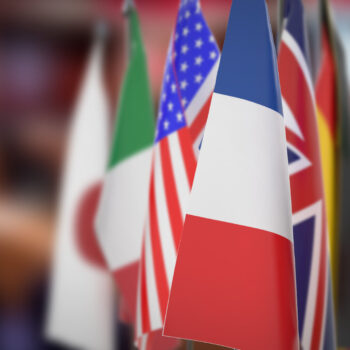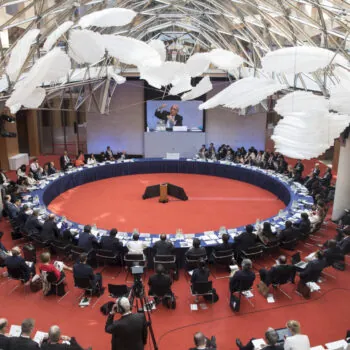Insufficient financial support is reaching communities on the front line of climate impacts, especially in Least Developed Countries (LDCs) and Small Island Developing States (SIDS), which urgently need a stronger focus on adaptation finance. The Stockholm +50 summit will bring leaders together to discuss sustainable development, just as many vulnerable countries are facing development barriers from overlapping crises. To maintain trust between the global north and south, in the face of new geopolitical shocks to traditional alliances, European and North American leaders should bring new demonstrations of solidarity to the summit.
The latest OECD data shows that of the climate finance pool (which is still not meeting the $100bn annual flow promised in 2009), only 20% of climate finance is being targeted for adaptation. Of this, only 14% is reaching LDCs and 2% reaching SIDS. These numbers are not nearly enough to help vulnerable countries cope with the impacts of global warming.
On June 2nd and 3rd, Heads of State and Government (HoSG) will come together for the Stockholm +50 Summit, five decades after the UN Conference on the Human Environment. Solidarity will be at the forefront of the agenda as developing countries struggle with the crippling cocktail of climate change, COVID-19 fallout and rising food and energy prices.
North American and European climate diplomacy will be judged on how these countries deliver real support to developing countries in managing climate impacts. Solidarity will also be at the forefront of the COP27 agenda in Sharm El-Sheikh, where the US and EU are invested in ensuring progress on climate action. But stepping up on adaptation finance will be key to building the confidence and trust needed to ensure progress from COP27.
While North American contributions to adaptation finance remain well below their fair share, Europeans have shown more engagement in delivering on adaptation finance. European countries formed a Champion’s Group on Adaptation Finance alongside Australia and New Zealand at COP26 last year. They recently held a ministerial in the Finish city of Lahti, where governments identified shared priorities for furthering adaptation finance solutions with LDCs and SIDS and showcased their political resolve. Now, HoSG will come together in Stockholm with an opportunity to prove it.
At Stockholm+50, European and North American HoSG have the opportunity to:
1. Amplify climate vulnerable countries’ priorities to show solidarity.
As one of the goals of the Summit is to rebuild trust, leaders must show solidarity in understanding the key asks and demands of vulnerable countries. Action on adaptation and other vulnerable countries’ priorities will build the backbone of a sustainable planet and put the world on the right track to achieving the Sustainable Development Goals (SDGs). By acting on these commitments, it is also an opportunity to support universal recognition of the human right to a clean, healthy and sustainable planet. Developed countries must take bold actions to give prompt and real effect to solidify the right to a healthy environment.
2. Engage with climate vulnerable countries to shape how the doubling of adaptation finance, agreed in Glasgow, will be delivered.
At COP26 developed countries pledged to at least double their adaptation finance by 2025. These governments have a responsibility to meet this pledge, and cannot afford to repeat the failure of their $100 billion commitment. A clear plan is needed to drive this goal towards COP27. It should identify issues that governments might run into by 2025 and be a first step towards rebuilding trust. Stockholm +50 provides an opportunity to listen to the views of vulnerable countries on developing the work plan.
3. Address the rigidity and strengthen the transparency of climate adaptation finance.
Given the varied needs and diversity of vulnerable countries’ development credentials, there needs to be a shift away from the current project-by-project approach to accessing adaptation finance. This is disconnected from national government systems and processes, becoming ineffective and unsustainable. Additionally, donors should increase the transparency of commitments and disbursements; accreditation and approval procedures should be streamlined; and adaptation investments must be integrated into national plans and systems. LDCs and SIDS have been calling for stronger transparency mechanisms to be implemented, especially in how donor countries track their development and climate finance shares. The recent OECD Development Assistance Committee supported this call.
The Stockholm +50 event is a crucial opportunity to rebuild trust by demonstrating solidarity and advancing the priorities identified by climate vulnerable countries. To build trust, money needs to flow to where it is needed most. LDCs and SIDS should be receiving the lion’s share, not the leftovers of adaptation finance.

